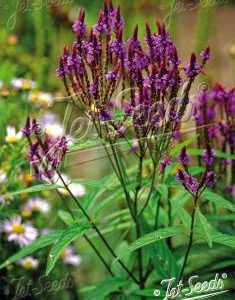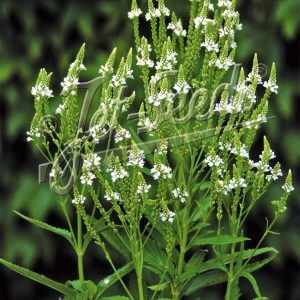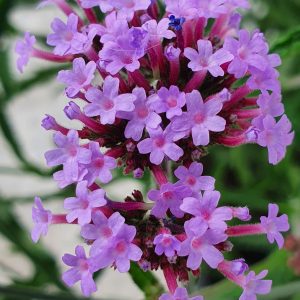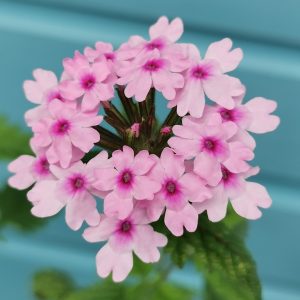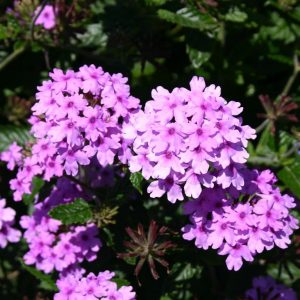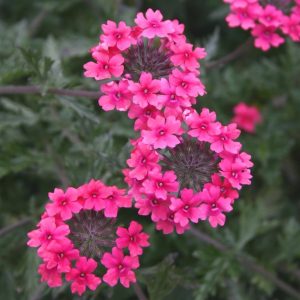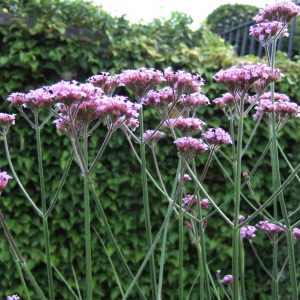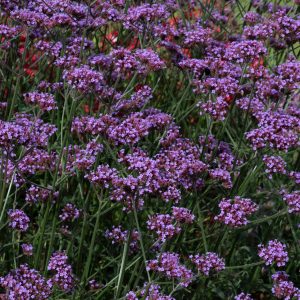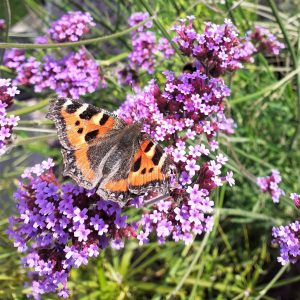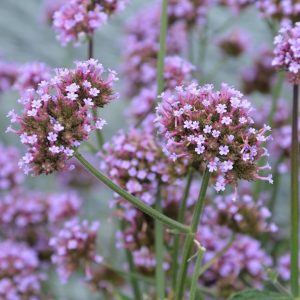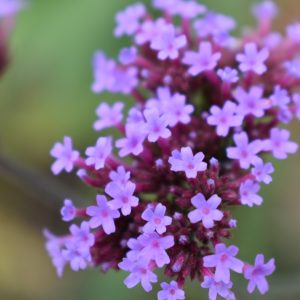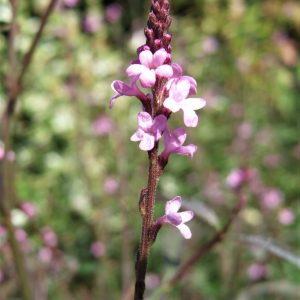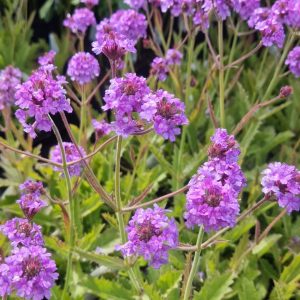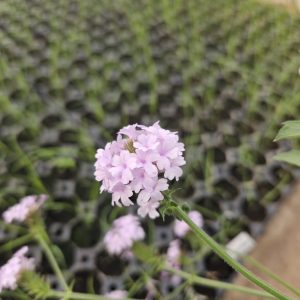Verbena is a colourful and versatile flowering plant that adds vibrancy to gardens and landscapes. Follow this comprehensive planting guide to ensure successful establishment and abundant blooming of your Verbena plants.
Choose the Right Location
Sun Exposure: Verbena thrives in full sun. Choose a location with at least 6 to 8 hours of direct sunlight per day for optimal flowering.
Well-Drained Soil: Plant Verbena in well-drained soil. It tolerates various soil types but prefers slightly acidic to neutral conditions.
Planting Time
Spring or Autumn: Plant Verbena in the spring or autumn when the soil is warm and workable. Avoid planting during extreme weather conditions.
Spacing
Adequate Spacing: Space Verbena plants 12 to 18 inches apart. This allows for proper airflow, prevents overcrowding, and promotes healthy growth.
Planting Depth
Proper Depth: Plant Verbena at the same depth it was in the nursery container. Ensure the crown is at or slightly above the soil level.
Watering
Consistent Moisture: Keep the soil consistently moist, especially during the establishment period. Once established, Verbena is somewhat drought tolerant.
Avoid Waterlogged Soil: Ensure proper drainage to prevent waterlogged conditions, which can lead to root rot.
Mulching
Light Mulching: Apply a thin layer of mulch around the base of the plants to retain soil moisture, suppress weeds, and regulate soil temperature. Avoid heavy mulching directly around the crown.
Fertilisation
Balanced Fertiliser: Use a balanced, all-purpose fertiliser at planting time. After that, fertilise every 4-6 weeks during the growing season with a balanced fertiliser.
Deadheading
Regular Deadheading: Remove spent flowers regularly to encourage continuous blooming and maintain a neat appearance.
Pest and Disease Management
Monitor Regularly: Keep an eye out for pests such as aphids or spider mites. Treat infestations promptly with insecticidal soap or neem oil.
Good Air Circulation: Proper spacing helps promote good air circulation, reducing the risk of fungal diseases.
Pruning
Pinching Back: Pinch back the tips of young plants to encourage branching and a bushier growth habit. Lightly trim leggy stems to maintain a compact form.
Winter Care
Mulching in Autumn: Apply a layer of mulch around the base of perennial Verbena plants in late autumn to protect against winter cold and temperature fluctuations.
Observation and Adjustments
Regular Inspection: Keep an eye on your Verbena plants throughout the growing season. Adjust care practices based on observations of their health and performance.
By following this planting guide, you can establish and maintain healthy and vibrant Verbena plants that will provide a stunning display of flowers in your garden.



